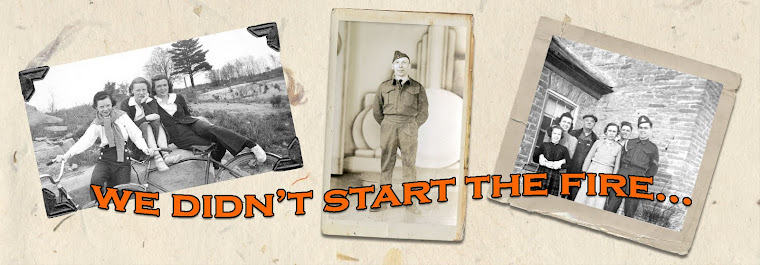
As a member of the Stonehenge team, I am not embarrassed to say that our design was a little bit disappointing. We had far too much information on display with three monitors displaying facts and tidbits of info
 rmation. By observing visitors interacting with our model, it was obvious that people simply wanted to press the buttons and watch the lights, the corresponding facts seemed less important. One other problem with our design was the length of time the buttons were disabled after one was pushed. Nobody wanted to wait for the slides to cycle through before being able to push another button!
rmation. By observing visitors interacting with our model, it was obvious that people simply wanted to press the buttons and watch the lights, the corresponding facts seemed less important. One other problem with our design was the length of time the buttons were disabled after one was pushed. Nobody wanted to wait for the slides to cycle through before being able to push another button!
Despite the issues, the day was very rewarding. I had a great time talking to and explaining our model to visitors. I was happy that people complimented our scale model, arts and crafty as it was. I was proud of our design and it was great being able to practice public history on campus. While Stonehenge wasn't as successful as we had hoped, it certainly wasn't a failure. Visitors asked us questions about the technology/digital aspects of the model, they were interacting with our model and the information, and they were interacting with us not as students, but as public historians!
Stonehenge and the Sky taught me some very valuable lessons with regards to digital and public history.
#1: The less information the better!
#2: Talk and interact with visitors. Many of them told interesting stories about their own trips to Stonehenge.
#3: Sometimes, the simplest things are the most effective. Visitors REALLY seemed to like our model, without the digital components and the lights.
#4: The sky really is the limit! As public historians we need to know the different types of technology available to us. Digital history has taught me to think digitally when trying to promote history. There are no limits to the ways in which we can display history.
So there you go. The exhibit was a great success with lots to be learned by all. My biggest complaint? Our model didn't ever end up with neolithic sheep on it!


